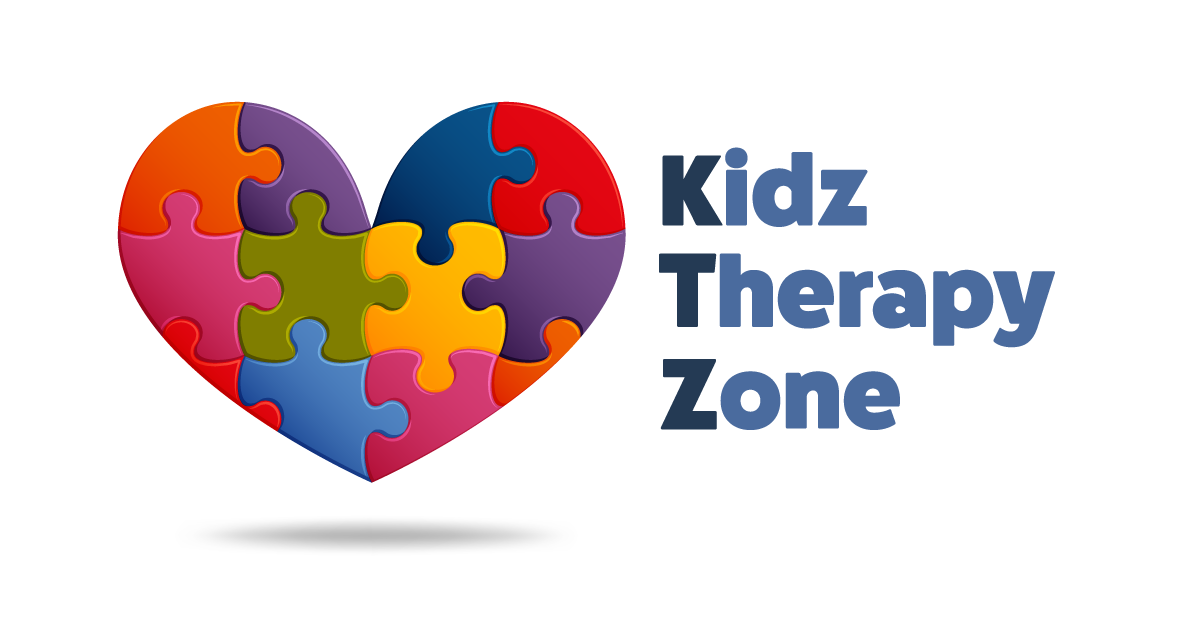Attention Bucket: ‘An irresistible invitation to learn!’
by Emily Garratt, BA, ITDS
Attention Autism was developed by Gina Davies, a Speech and Language Pathologist in the UK. The key principle of ‘Attention Autism’ is that children are offered an ‘irresistible invitation to learn’ by using highly motivating and engaging activities which are worth paying attention to and communicating about (Davies, 2017). Attention and listening skills are pre-requisite to language and development. We as adults, need to ensure that our activities are worth communicating about. Attention Autism develops joint attention, builds communication, interaction, listening and learning skills, by allowing children to opt in spontaneously rather than being pressured to communicate and learn. The ability to focus and sustain attention is critical for learning (Patten & Watson, 2011).
The goals of the Attention Autism programme are:
- To engage attention
- To improve joint attention
- To develop shared enjoyment in adult led activities
- To encourage spontaneous interaction in a natural group setting
- To increase non-verbal and verbal communication through commentating
- To build a wealth and depth of vocabulary
- To have fun!
This approach is accessible to those with sensory and memory issues. As well as developing attention and communication, it also develops processing skills and self-regulation (Marsh, 2019). If the child is engaged, their processing is good, and language is matched to their engagement. Therefore, the child is quickly learning that if they sit in front of you, they will see good things. By modelling the activities prior to requesting the child to perform, reduces fear and anxiety, making it safe for the child to join in.
There are four stages to the programme that build on each skill level by providing the use of visually based and highly motivating activities. Each stage being introduced when the child/group is ready.
- Stage One: ‘The Bucket’ – Focus
- Stage Two: ‘The Attention Builder’- Sustain
- Stage Three: ‘The Interactive Game’ – Shift
- Stage Four: ‘The Table Activity’ – Transition
Stage One: The Bucket
The bucket helps to focus attention, filled with fun filled engaging toys, helps to gain shared attention with simple repetitive language by the adult.
Stage Two: The Attention Builder
Visually stimulating activities shown by the adult aiming to sustain attention for longer. Activities are fun, visually engaging and often involve a delightful mess!
Stage Three: The Interactive Game
The adult demonstrates an activity to the group or child, then some children are invited to take a turn but only if they are comfortable. Not every child will take a turn which teaches important self-regulation as well as essential skills such as waiting, turn taking and learning through modelling.
Stage Four: The Tabletop Activity
The aim is to develop the child’s skill of engaging and shifting attention through a craft activity demonstrated by the adult. The child has the opportunity to complete the task independently and later comes back to the group to share their project with everyone.
Children make sense of the world through their senses. They build a bank of knowledge and experience that shapes how they interact and grow. Successful communication is dynamic, engaging and joyful. Attention Autism provides the child with an experience worth communicating about.

The ‘bucket’ captures the child’s attention with simple motivating and appealing toys. The aim of this activity is to gain shared attention, using simple, repetitive language to teach the child to independently focus on an adult led activity. You model excitement and engagement, by playing with the toys using only one – two key words, “If it’s fun they’ll come”, mistakes will happen.
“I’ve got something in my bucket, in my bucket, I’ve got something in my bucket, whatever can it be?”
Fun doesn’t mean unstructured, follow the rules:
- It’s Emily’s Buckets, It’s Emily’s toys, if they are playing with the toys, they are not focused on you.
- Show 3 toys in each session.
- Show first, then add language later, stay quiet allowing for thinking time, gradually adding language, ex. sponge squish.
- Everyone joins in, including the adults.
- Stay calm it’s only a bucket.
- Focusing leads to sustaining; 4-5 times a week to start for 1 minute, build to 5 minutes, and when you have reached this, you’re ready for stage two.
- Don’t engage by asking questions or giving them directions, model focusing and enjoying ourselves with facial expressions and body language.
- If your child is trying to get to the toys keep it shorter and quicker.
- The more fun you have the more they want to watch.
- Use the same bucket every time it will then become a visual cue, so when they see it, they recognize it as time for the Attention game.
- Buckingham, K (2012). The impact of the attention autism approach on joint attention skills in key stage one class in a special school. Birmingham University, UK.
- Davies, G (2017). Practical help with Autism. Gina Davies Autism Centre. www.ginadavies.co.uk
- Marsh, F (2019). Attention Autism for children and young people on the autistic spectrum: A critique of the current evidence-base. Southampton University, UK.
- Patten, E & Watson, L (2011) Interventions Targeting Attention in young children with autism. American Journal of Speech Language Pathology, 20 (1), pg 60-71.
